A far-right militant movement in Ukraine is forging ties with like-minded politicians and war veterans in European Union member Croatia, a BIRN investigation reveals.
By Michael Colborne
Chain-smoking in a Zagreb cafe, 43-year-old Denis Seler would hardly stand out were it not for the word AZOV emblazoned in Cyrillic on the front of his grey sweater.
Seler is a native of the Croatian capital and a veteran of the 1991-95 Croatian war. But his sweater spoke to a more recent fight, and to Seler’s enduring allegiance to a far-right militant movement with Europe-wide ambitions.
In 2014 and 2015, Seler was among 20-30 Croatians who fought as part of the Azov volunteer battalion against Russian-backed rebels in eastern Ukraine, in a war that has killed some 13,000 and rumbles on today despite an official ceasefire.
From the Balkans, Serb fighters sided with the rebels out of fealty to Serbia’s fellow Orthodox ally Russia, while Croatian nationalists like Seler found common cause with the far-right elements of Ukraine’s resistance against Moscow.
But while the war in Ukraine’s steel and coal belt bordering Russia may have settled into a tense stalemate, Azov is building in momentum, forging ties with far-right extremists beyond Ukraine’s borders.
And Croatia, the newest member of the European Union and a country where conservative currents are strong, is emerging as a key staging ground, according to the findings of a BIRN investigation.
Azov’s political wing is forging ties with a right-wing Croatian political bloc that made a strong showing in European elections in May, and the Ukrainian movement will hold a conference in Zagreb in September at which it may unveil plans for a ‘Foreign Legion’ of far-right sympathizers, built with the help of a Croatian war veteran.
“The Azov movement is growing. And they’re growing up fast,” said Seler.
Back in 2014, Seler described the war in Ukraine as part of a “struggle for the white European race, its culture and history.”
Five years on, Azov’s ambitions have found fertile soil in Croatia, where Seler said the movement would further its dream of building “a Europe of the nations”.
WWII revisionism
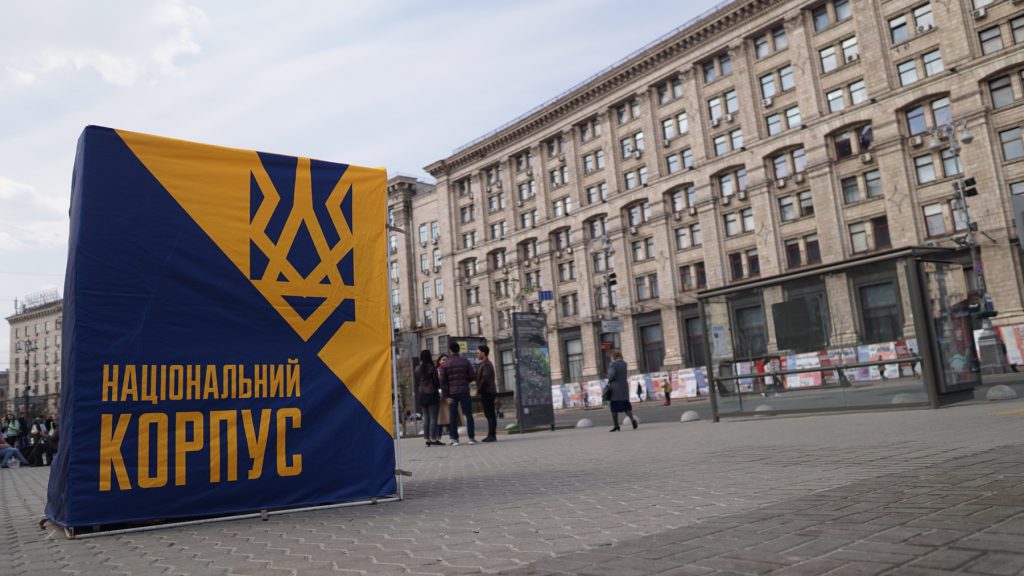
In 2014, after popular protests brought down Ukraine’s then pro-Russian president, the country’s army found itself helpless against a Russian move to annex Crimea and foment war in the eastern Donbass region.
Volunteer battalions rushed to the country’s defence, among them Azov. The unit soon earned a reputation as one of the most battle-committed, but also for its open-door policy to unabashed neo-Nazis.
Far-right groups in Ukraine grew in prominence with their role in the overthrow of President Viktor Yanukovych, arming barricades in the cauldron of Kyiv’s Maidan Nezalezhnosti, Independence Square, during months of freezing cold and finally fatal confrontation with police.
Five years on, the battalion is now formally known as the Azov Regiment and is part of Ukraine’s National Guard, a gendarmerie-type force that reports to the interior ministry. It also has a political wing, the National Corps, a paramilitary unit called the National Militia, a Youth Corps, sports bar, gymnasiums and a ‘social centre’ known as Cossack House just off the Maidan. The political wing is polling below the threshold to enter parliament in parliamentary elections in July.
In Ukraine, the far-right takes much of its inspiration from Stepan Bandera, commander of the underground Organisation of Ukrainian Nationalists, OUN, during World War Two. Many Ukrainians see the OUN as heroes who defended Ukrainian independence, downplaying what a number of leading historians of the Holocaust argue was the group’s fascist tendencies and the role of some OUN members in aiding the Nazi killing of Jews.
Likewise, Croatia is grappling with WWII revisionism that has moved from the political fringes to the mainstream, questioning the crimes committed under fascist leaders of a short-lived independent Croatian state that was a puppet of Nazi Germany.
Nationalists from both Croatia and Ukraine see much in common in their countries’ recent histories. For them, Croatia’s fight for independence in the early 1990s against Serb rebels backed by its larger neighbour Serbia has echoes in the ongoing fight against Russian-backed forces in eastern Ukraine.
“On a more sentimental, subconscious level for Croats, Ukraine is a friend,” said Tomislav Sunic, a Croatian-American writer described as the ‘intellectual guru’ of the Croatian far-right.
‘Between the seas’
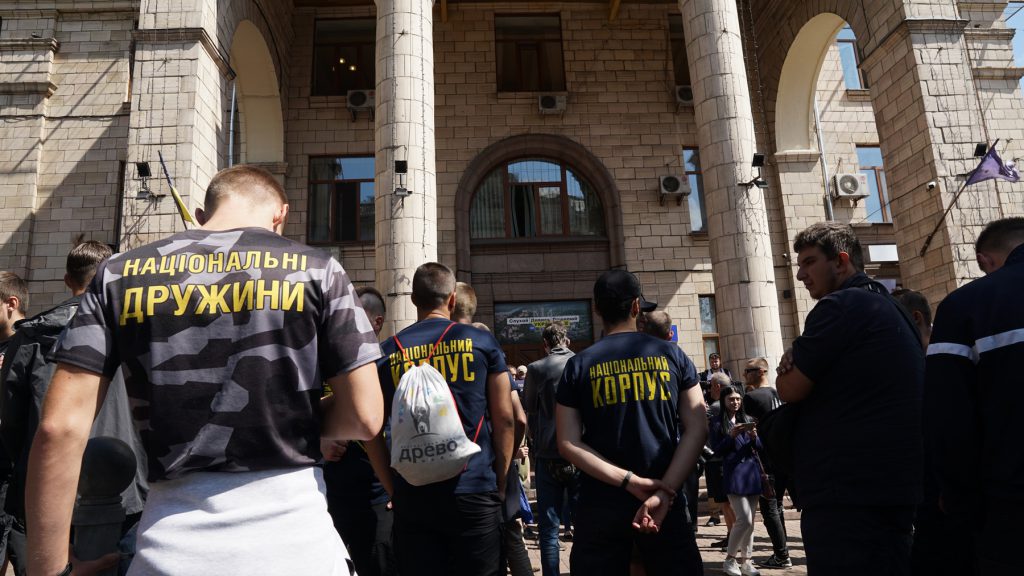
Under Olena Semenyaka, ‘international secretary’ of the National Corps, Azov has staged a number of gatherings and conferences and developed relationships and connections with far-right groups across Europe, including the neo-Nazi National Democratic Party, NDP, in Germany and the neo-fascist CasaPound movement in Italy.
In March this year, the Soufan Group, a New York-based organisation that conducts security analysis, described Azov as “a critical node in the transnational right-wing violent extremist (RWE) network.”
Azov hosts an annual ‘Paneuropa’ conference for allies from western Europe as well as an annual ‘Intermarium’ conference aimed at central and eastern Europe, mainly those countries that were once behind the Iron Curtain or part of socialist Yugoslavia.
In September, Azov is taking the Intermarium conference on the road for the first time, to Seler’s Zagreb.
Intermarium, or ‘between the seas’, is a regional security concept first touted by Poland’s post-World War One leader Jozef Pilsudski in the early 1930s.
Kyiv-based researcher Alexandra Wishart said Azov had given the idea new life, promoting it as a “springboard” to build an east European confederation of right-wing nationalist “ethno-states” free from what Azov perceives as the ‘cultural Marxism’ of the EU and the ‘neo-Bolshevism’ of Russia.
Wishart, a graduate student at the University of Glasgow and National University of Kyiv-Mohyla Academy, said Croatia was central to Azov’s plans.
“Croatia is a key player within the Balkans and central enough to help neutralize Russian or EU influence there,” said Wishart, who attended the October 2018 Intermarium conference in Kyiv as an observer.
Seler confirmed Zagreb would host the conference, bringing together delegates from Ukraine, Poland, the Baltic states, Norway, Denmark and Sweden, he said.
It will be a chance to cement developing ties between Azov and the Croatian Sovereigntists, an alliance of far-right parties which came a surprise third in Croatia in European Parliament elections in May with 8.5 per cent of the vote. The alliance has one MP in the Croatian parliament but is polling at almost six per cent with parliamentary elections due next year.
Azov’s links with foreign far-right extremists
A report in February 2019 by the investigative website Bellingcat detailed how international far-right extremists are being actively sought out by Azov, among them Norwegian Joachim Furholm, who describes himself as a “national socialist revolutionary”. [This reporter has collaborated with Bellingcat but was not involved in the February 2019 report].
In 2018, Azov’s National Corps tasked Furholm with trying to bring in foreign recruits, even providing him with housing outside of Kyiv. Furholm told a filmmaker that his job could be described as “terrorist facilitator,” and said that after leaving Ukraine he would target his own government by “any means necessary.”
Aside from its connections with German and Italian extremists, Azov is also close with former members of France’s Bastion Social, a group with a reputation for violence and anti-Semitic rhetoric that the French government formally banned in April 2019. The Nordic Resistance Movement, Poland’s Szturmowcy (Stormtroopers) and Estonia’s far-right EKRE party are also friendly with Azov.
In the United States, Azov is close with members of the violent Rise Above Movement (RAM), as well as white nationalist Greg Johnson, who visited Kyiv in October 2018.
Azov has also welcomed and encouraged openly neo-Nazi elements within its own ranks. They include Alexey Levkin, a Russian neo-Nazi, “political ideologist” in Azov’s National Militia and one of the leaders of a Kyiv-based neo-Nazi group called Wotanjugend.
The Wotanjugend website contains a Russian translation of the online manifesto of Brenton Tarrant, who shot dead 51 people at a mosque in New Zealand in March 2019.
A common neo-Nazi symbol Tarrant used throughout his manifesto and even wore on his backpack during the attack – a sonnenrad, or black sun – is the same as that used in the Azov logo.
The alliance’s sole MEP is Ruza Tomasic, a former police officer who left socialist Yugoslavia for Canada aged 15 and recently made headlines in Croatia when photographs were published showing her in fascist uniform while living in Canada and apparently glorifying Croatian WWII fascist leader Ante Pavelic. Tomasic told a Croatian journalist that she was “not ashamed” of this, but that she “[did] not stand by some of those things today.”
In a January social media post, an account run by Semenyaka said that “the coalition of Croatian nationalist parties is taking shape side by side with the progress in the preparation for the next Intermarium conference by Croatian and Ukrainian enthusiasts.”
Seler said the guest of honour would be Andriy Biletsky, leader of Azov’s political wing, National Corps, and an MP in the Ukrainian parliament, which he entered in 2014 as an independent. Semenyaka did not confirm the visit.
Azov allies in Croatian ‘Sovereigntists’
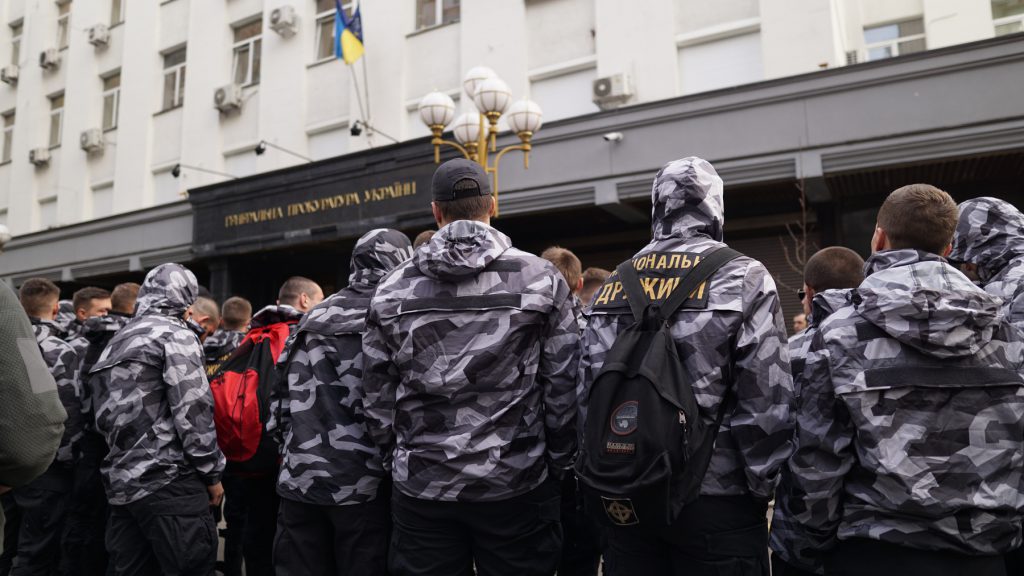
Biletsky previously headed the openly neo-Nazi Patriot of Ukraine organisation and spent 28 months in prison on attempted murder charges. Never tried, he was released and the charges were dropped under a parliament decree on ‘political prisoners’ in 2014 following the revolution on the Maidan.
Biletsky has made the Intermarium concept part of the ‘official geopolitical doctrine’ of the National Corps.
Seler said the purpose of Biletsky’s visit was to meet representatives of Croatia’s right-wing, particularly members of the Sovereigntists.
Tomasic initially said she was unaware of any planned visit from Biletsky but then appeared to contradict herself and told BIRN that a Croatian man, whose name she did not recall, had approached her regarding a planned visit to Zagreb by Biletsky that would include a meeting with Tomasic and other Sovereigntist politicians.
“I said fine, I’m willing to talk to anybody,” Tomasic said, but denied having anything to do with organising the trip or the Intermarium conference.
Some Sovereigntists, however, are less coy about their relationship with Azov.
Sunic, a far-right author and translator who ran unsuccessfully for the European Parliament on behalf of the Sovereigntists, told BIRN he plans to attend the Intermarium conference and that he is in regular communication with Semenyaka.
Denis Bevanda, secretary general of the Croatian Conservative Party, one of the main parties within the Sovereigntists, shared a photo on Instagram earlier this year of himself alongside Seler.
The post referred to the Azov Battalion in English and Ukrainian and declared ‘Slava Ukrayini!’ or ‘Long live Ukraine!’ – the battle cry of the OUN during WWII and of protesters during the 2014 revolution, and now an official greeting of the Ukrainian army.
Croatian-French nationalist author Jure Vujic, seventh on the Sovereigntists’ party list for the European Parliament, participated in a conference in Zagreb in December 2017 co-hosted by Semenyaka and Leo Maric of Croatian identitarian group Generacija Obnove (“Generation Renewal”)
Maric, who has attended a number of Azov conferences in Kyiv, declined comment for this story, accusing BIRN of “unprofessional journalism and political bias” in its coverage of Croatia and nationalist politics in general.
Croatia’s ‘Zulu’ pledges help

The headline announcement of the September conference, however, will likely be the creation of what Azov calls its Foreign Legion. While details remain vague, Azov, in its social media posts, has suggested such a force would facilitate foreigners wishing to join its fight in eastern Ukraine.
BIRN has discovered that in February last year, a user of the voice and text app Discord, which has invite-only chat rooms and became popular with white supremacists and neo-Nazis before the app was hit by a series of leaks, wrote that Azov “will have the foreign legion set up within the next 18 months or so.”
BIRN scoured hundreds of thousands of leaked Discord messages and found no shortage of Azov devotees. One user on the white supremacist site Stormfront mused that “the National Socialist revolution” may begin in Ukraine.
The following month, March 2018, in an interview with a member of the neo-Nazi Nordic Resistance Movement, Semenyaka said the Ukrainian government was hindering Azov efforts to bring in foreign recruits for the war against the Russian-backed rebels. “But in the future we hope to create a foreign legion. There we could announce loud and clear when we seek volunteers.”
Semenyaka, after initially replying to a request for comment, did not reply to further communication.
Almost exactly 18 months on, the unit may be about to take shape – in Zagreb.
Bruno Zorica, a retired Croatian army officer and former member of the French Foreign Legion, has been repeatedly mentioned in Azov social media posts as a key figure in the unit’s creation.
Known by his nom de guerre Zulu, Zorica commanded the Frankopan Battalion, a special forces unit of the Croatian army, during the country’s war against Belgrade-backed Serb rebels as the socialist Yugoslav federation disintegrated in the early 1990s.
With other veterans of the French Foreign Legion, Zorica trained Croatian army recruits during the war, telling the Washington Post in 1991: “We teach these recruits war is not Rambo movies… My people have a much lower casualty rate in fighting than the others. They know when to fight and when to dig in.”
In 2001, Zorica was arrested in a police operation against a suspected arms smuggling ring. While there is no record of Zorica ever being charged or convicted of any crime, media reports at the time said the former Legionnaire was suspected of heading up an arms smuggling ring that allegedly transported the equivalent of more than one million euros of arms from Croatia into the European Union, especially France.
Azov social media accounts have said Zorica has “promised to assist the development of the Ukrainian Foreign Legion” and that “cooperation is promised to reach [a] new level.”
After initially agreeing to speak to BIRN, Zorica postponed a planned interview then failed to show up and eventually stopped communicating.
In October 2018, Zorica spoke at the last Intermarium conference in Kyiv, saying he was in “close communication” with the head of Azov’s military school. “We are ready to share our experience and knowledge with the Ukrainian military,” he said.
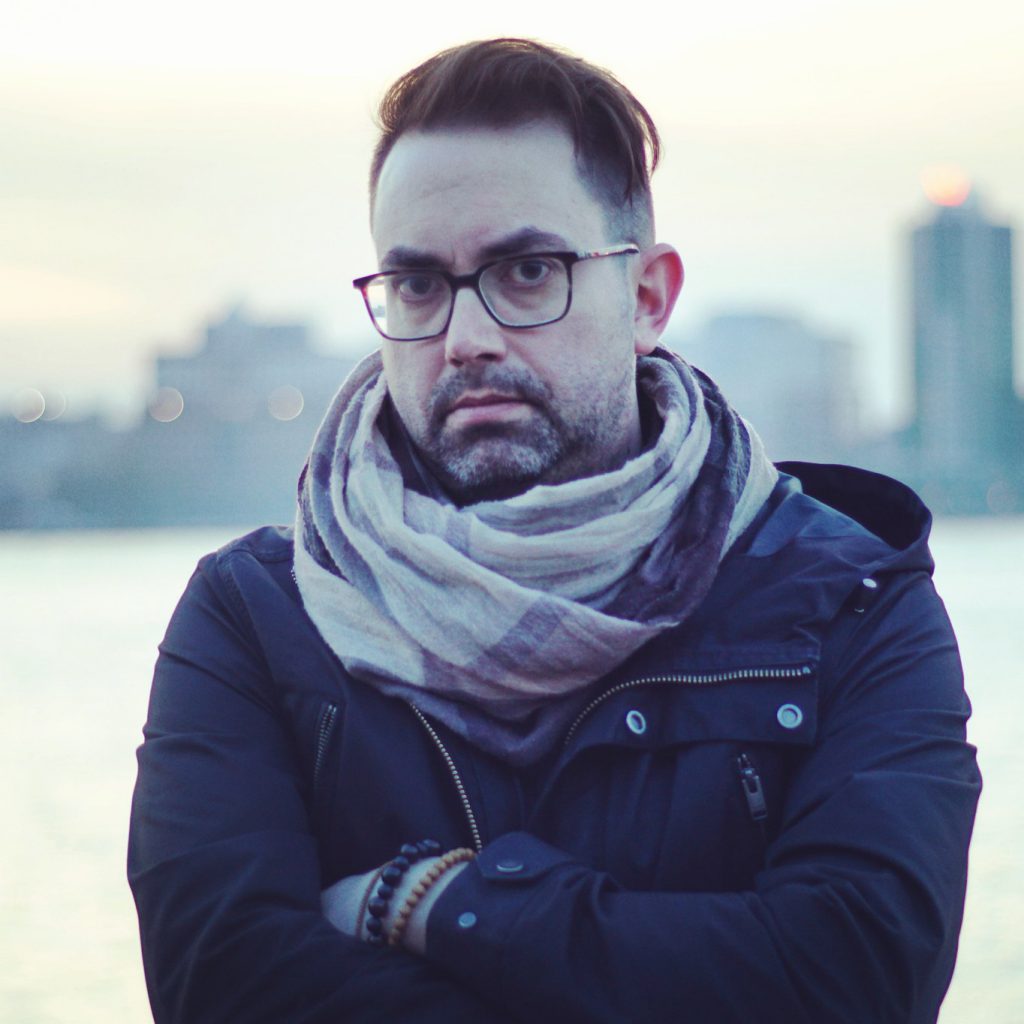
Michael Colborne is a Canadian journalist. He covers social and political issues in central and eastern Europe, and is currently focused on the trans-national far right.
His work has appeared in Foreign Policy, The New Republic, Haaretz, CBC, The Guardian and others.
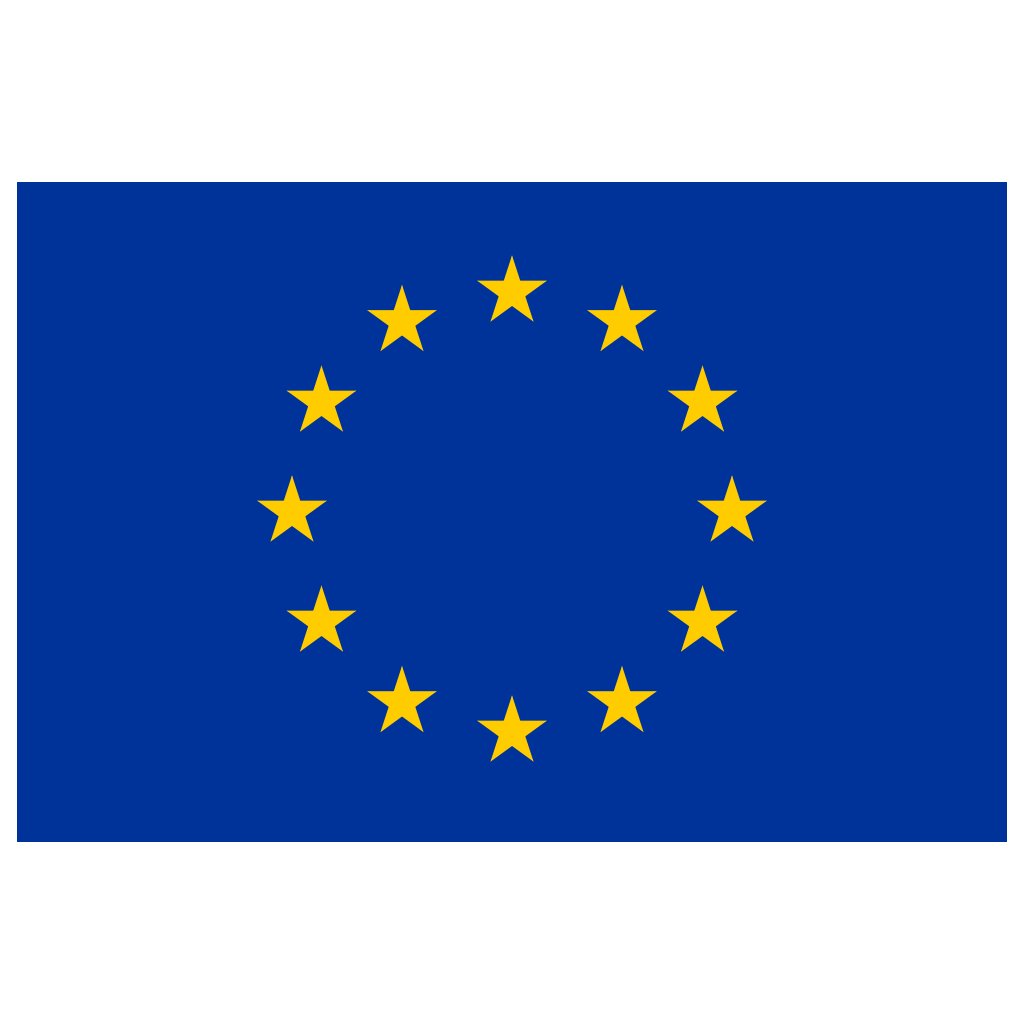
This article has been produced as part of the Resonant Voices Initiative in the EU, funded by the European Union’s Internal Security Fund – Police.
The content of this story represents the views of the author and is the sole responsibility of BIRN. The European Commission does not accept any responsibility for use that may be made of the information it contains.
